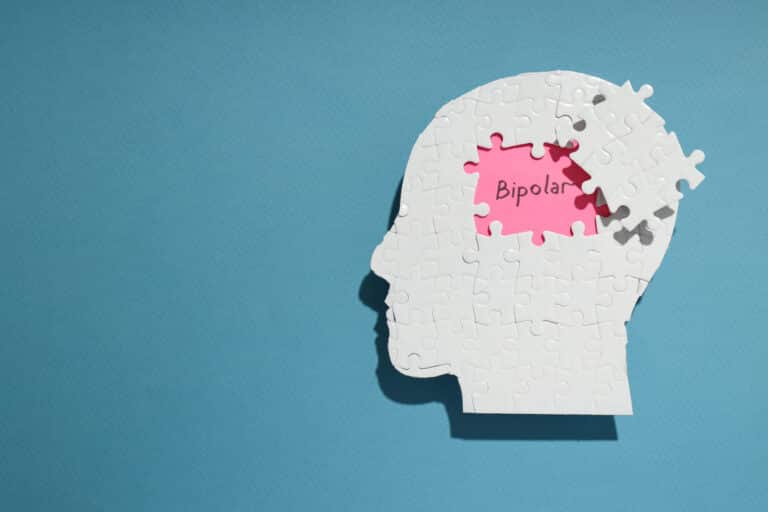Did you know that about 21 million Americans abuse at least one type of addiction?
An important fact to know is that many Americans also abuse prescription medicine. One of these is Xanax. There are several forms of Xanax, one of which is Xanax bars.
Are you ready to know how these bars affect you? Read on and find out:
What is a Xanax Bar?
Several types of Xanax pills are available on the market. These pills have varying strengths and dosages. Alprazolam has lots of colors, shapes, and sizes.
A Xanax bar refers to the pill’s shape. It’s long and thin, containing about 2mg dosage amounts. It means most bar-shaped tablets have high doses of alprazolam.
These bars have some of the highest dosages around. The highest one is the 3mg tablet with extended-release. Often, they’ll have four sections, making it easier to break into pieces.
Here are some common Xanax bars around:
- White Rectangle – 2mg
- Green Xanax – 3mg
- Blue Round – 2mg
- Blue Oval – 1mg
- Four-sided Yellow – 1mg
- Oval Orange – 0.5mg
- Round Peach – 0.5mg
- Football-shaped Peach – 0.5mg
- Oval white – 0.25mg
Every manufacturer designs their Xanax pill’s unique color and shape. These manufacturer uses FDA-approved colorants to comply. Knowing these colors and shapes is important when it comes to addiction.
If you suspect someone of Xanax addiction, you need only examine the colors of the bars. Check out some common bars and what they can do:
Green Xanax Bar
Several pharma companies use green for their Xanax bar products. Each manufacturer will insert their unique imprint on these pills.
In most cases, they have 2mg of Xanax. It’s around the same level compared to yellow and white bars.
As stated before, 2mg is a high dose. If you know someone taking these pills, ask if a medical professional tracks their dosage. Its effects can differ depending on the person taking it.
Pink Xanax Bar
A pink Xanax bar is one of the most common variants of the drug with 0.5 mg alprazolam. It’s the most common dosage that experts recommend. It’s typically used for treating both panic and anxiety illnesses.
These bars are often round or oval-shaped. Sometimes, they look like footballs. Regardless of their form, pink Xanax pills are only legal when taken with a prescription.
White Xanax Bar
Some street peddlers call these bars “sticks.” They have 2mg of active alprazolam. They’re common prescription bars that most pharma companies make.
When taking a white Xanax bar, you’ll feel a strong sedative effect within minutes. It’s because the dosage is high enough. To avoid abuse, it’s better to take it with close physician supervision.
Effects of Xanax
Xanax is one of the most abused medicines around the world. One of the primary reasons is that it’s easy to obtain. It’s also desirable because it affects the brain faster rapidly.
Xanax fixates on a specific area’s chemical balance. It mainly affects the area that’s responsible for anxiety and depression.
It’s safe when taken under a physician’s recommendation or medical supervision. However, if you choose to abuse it, Xanax becomes dangerous and addictive.
Xanax Use
Although people receive benzodiazepines as a prescription drug, they do carry the risk of addiction.
People who take them at a high enough doses develop a strong addiction over a long enough period of time. At the very least, individuals with the prescription will develop a rebound effect when they stop taking Xanax.
Addiction to Xanax can also come from recreational use. Many people use this drug because of the state of pleasure and euphoric state that comes from it.
From the social situation, like parties and concerts, xanax is widely used for recreational purposes rather than medical purposes. This causes young adults to form a Xanax addiction.
Xanax Addiction and Withdrawal
Addiction to Xanax carries a lot of medical risks in the long run. Even without overdosing, using Xanax for a long time causes permanent health effects. At worst, you might suffer from brain damage.
When addiction happens, it’s a difficult ordeal to stop. It applies even when you understand the dangers associated with it. It has nothing to do with your willpower or character.
Not all drug abuse will lead to addiction. However, the longer you use a Xanax bar, the likelier it is for you to develop an addiction. Get to know the signs of addiction to Xanax to prevent them from progressing to the point of no return.
These include:
- Unexplained mood swings
- Hyperactivity and restlessness
- Increased risky behaviors
- Aggression and agitations
- Memory and concentration problems
- Other strange physical symptoms
As addiction develops, people find it impossible to live without the drug. They can get desperate enough to forge prescriptions or go to other doctors to get one. If they don’t get their dose, they might experience dangerous withdrawal symptoms.
Xanax withdrawal is dangerous and sometimes fatal. It happens when people take high dosages for extended periods. When they stop taking it instead of tapering off, these symptoms appear.
At their worst, withdrawals may cause psychosis, seizures, and urges of suicide. It can last for months or even years. It’s more likely to happen if the user already experiences anxiety and depression.
It’s common for Xanax users to have rebound anxiety, like from alcohol withdrawals. It makes their existing condition worse compared to before they started taking it.
Xanax Rehab with SoCal Sunrise
These are some things you must know about Xanax bars. If you suspect someone is overdosing on them, call for help. Never let them go down that rabbit hole and never return.
Are you looking for addiction recovery centers? Use our contact details to reach us for a free consultation.







